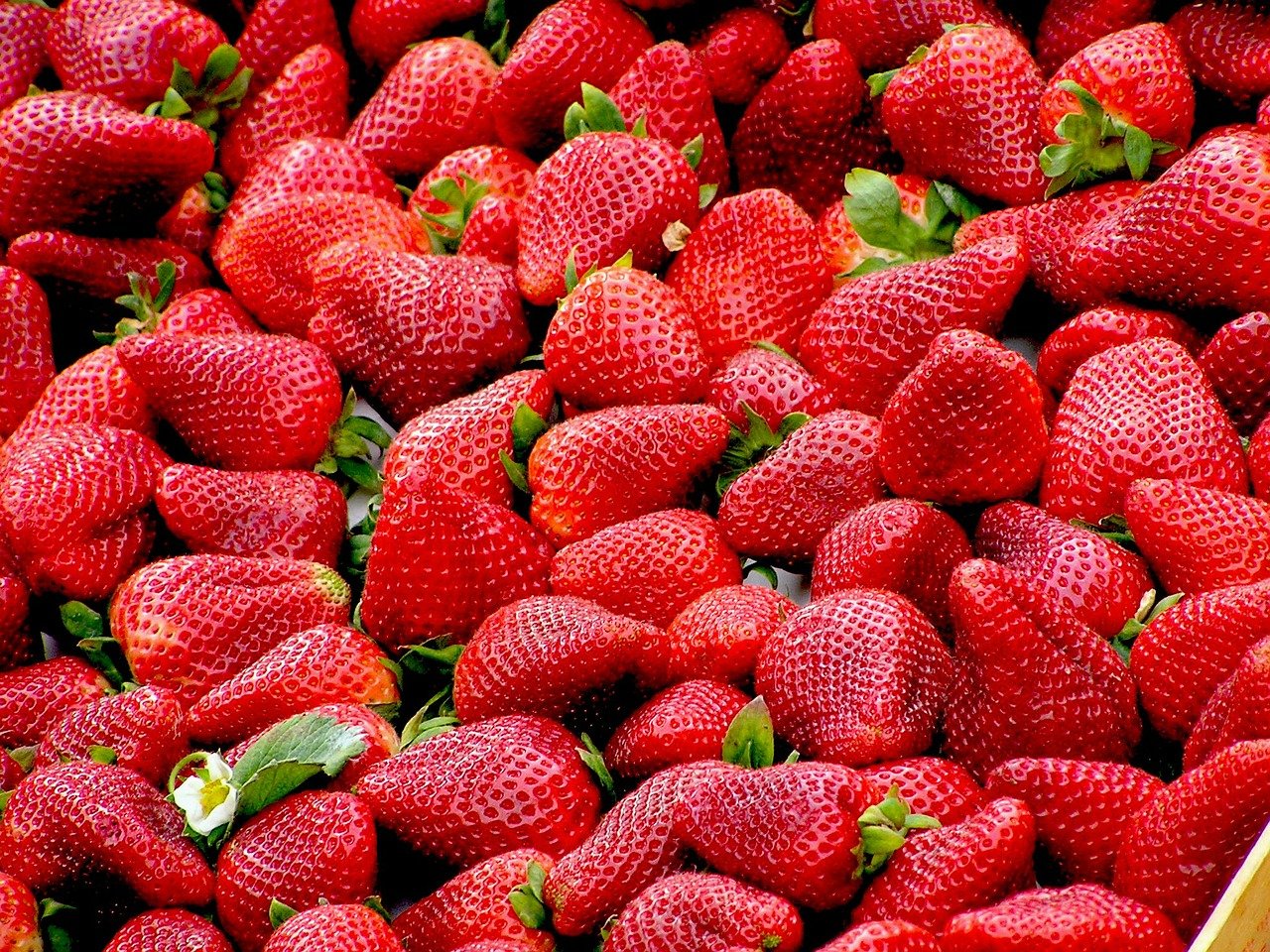If you want to know how to grow strawberries vertically in tubes, simplify the process into three steps. Planning, supporting, and maintenance will get you started. Vertical gardening offers many advantages, including better space utilization, easy maintenance, improved water quality, and energy efficiency.
Vines make the best choice for vertical gardening, and with strawberries, one can grow as many as 1,500 strawberries in 25 tubes. With this in mind, you can have a thriving strawberry garden with a small space. Vertical gardening will also decrease fruit problems and do practices like harvesting, watering, and spraying more comfortably.

If you have an existing greenhouse with vegetables, you can consider combining vertical gardening with traditional gardening. Just be mindful that the environment provides the optimal conditions and requirements of every plant, which shouldn’t be a greenhouse problem.
How To Grow Strawberries Vertically In Tubes In 3 Steps
Fabric tubes vs PVC tubes
Before learning the three steps, you must know the two kinds of tubes that you can use for vertical gardening of strawberries. If you are on a budget, the sensible choice would be fabric tubes. Not only are they cheaper than PVC tubes, but you can also efficiently water through their sides.
The downside with them is that they have a small capacity and won’t hold the shape over time. Therefore, you have to add more potting soil and fertilizer. PVC tubes, on the other hand, will require less soil since they hold their shape well.
PVC tubes will also be able to accommodate more strawberry plants at the expense of higher initial costs. However, consider it an investment for longevity, capacity, and maintenance.
Planning
Spacing for PVC tubes
Much like traditional gardening, planning is crucial when growing strawberries in tubes vertically. For example, if you want to produce 100 strawberries, use a 5-inch high PVC tube that is also 6 inches in diameter. This way, you can space the 1.5-inch holes at 2.5 inches vertically and 4 inches in rows to ensure that the plants will be comfortable.
Spacing for fabric tubes
What if you want to use fabric tubes? Start by cutting a 2-inch slit in the fabric to accommodate each hole. Allocate 8 inches between the holes in a row and 4 inches vertically. Compared to PVC tubes, you can only grow 75 strawberry plants in a 5-inch high fabric tube, but remember that it should be 12 inches in diameter.
Supporting
You might assume that choosing PVC tubes already means you won’t need to support vertical gardening of strawberries. However, both fabric and PVC tubes should use an overhead support structure. The difference is that you have to reinforce the fabric tubes first with fence wire before securing to the frame.
The advantage of vertical gardening inside the greenhouse is that you’ll feel more confident about your tubes’ stability. In comparison, growing outdoors is also possible but be prepared and one step ahead of potential environmental problems. Winds can affect your tubes’ stability, so you have to be assured of the support you use for the tubes.
Maintenance
Watering
The soil you can use for tubes in vertical strawberry gardening is a potting mix. And because of the overall design, you can expect that the medium can dry faster than gardening on the ground. You can quickly remedy potential drought and problems from watering by using a micro-sprinkler above each tube.
Some gardeners use an automatic timer to ensure that the strawberries get their water needs without manual intervention. The beauty of having the micro-sprinkler above the tubes is that the water will drip through them quickly and conveniently. How do you fertilize strawberries in vertical tubes?
Fertilizing
Depending on the requirements, you can use different kinds of fertilizers. The difference with using them is the frequency since foliar, time-release, and liquid fertilizers have additional instructions for use. The use of PVC tubes puts you at an advantage in feeding because fabric tubes have lower soil quantity, as mentioned earlier.
Caring
The greenhouse makes it easy to keep strawberries in the winter. Water them well and check the conditions indoors. Outside, you can use a row cover cloth to protect the strawberries and retain heat and moisture.
If your plants die, regardless of reason, you can use the runners they produced as a replacement and grow in winter for planting in spring. Lastly, harvesting will be easy because of the vertical orientation; even senior citizens can do it since it requires no bending. Generally, it takes six weeks after flowering to harvest the berries and depending on your variety, you can gather frequently.
What about other maintenance requirements of strawberries? Other maintenance practices like cleaning and weed removal are out of your problems when you grow strawberries vertically in tubes. You easily prevent fungal growth and weeds because the fruits are off the ground.
Conclusion
There are many advantages with vertical gardening, especially those who want to save space and reduce maintenance. Did you know that you can learn how to grow strawberries vertically in tubes by simplifying it into planning, supporting, and maintenance? Vines like strawberries will be productive for vertical gardening in tubes.
You can use PVC or fabric tubes, and you can grow 75 to 100 strawberries quickly. Plan the spacing, ensure adequate support for either type of tubes, and use a micro-sprinkler and fertilizers accordingly.
